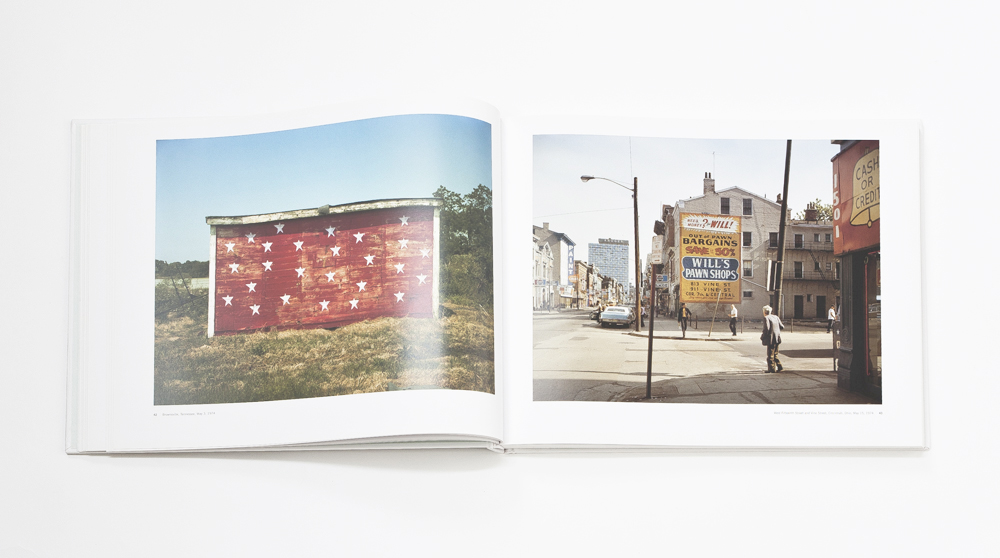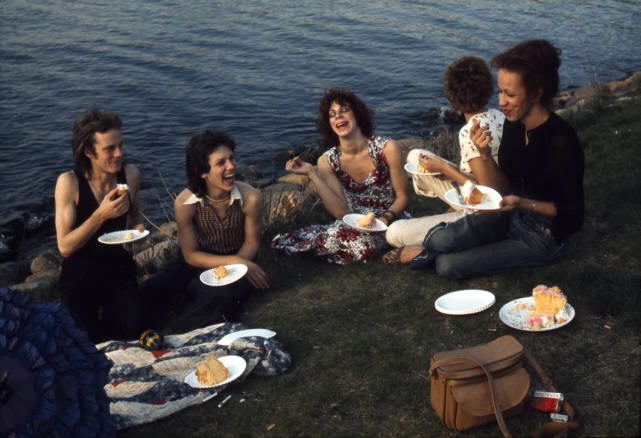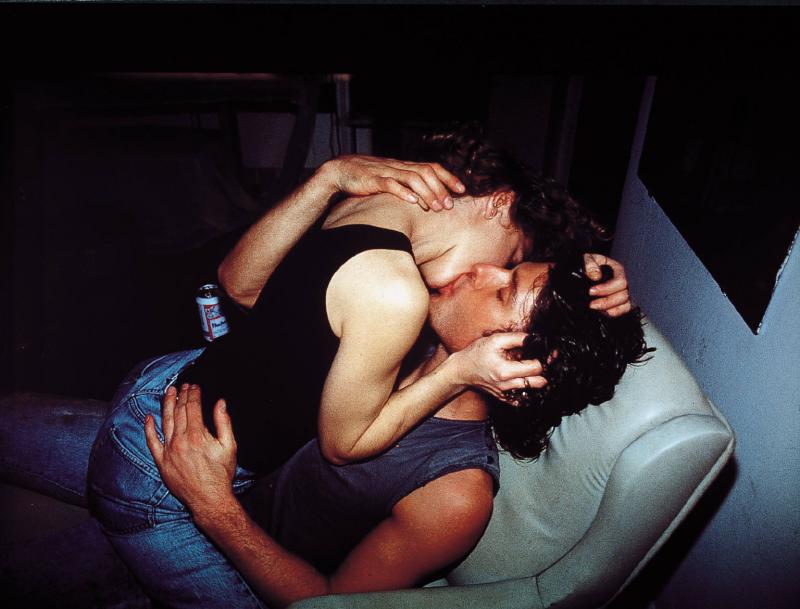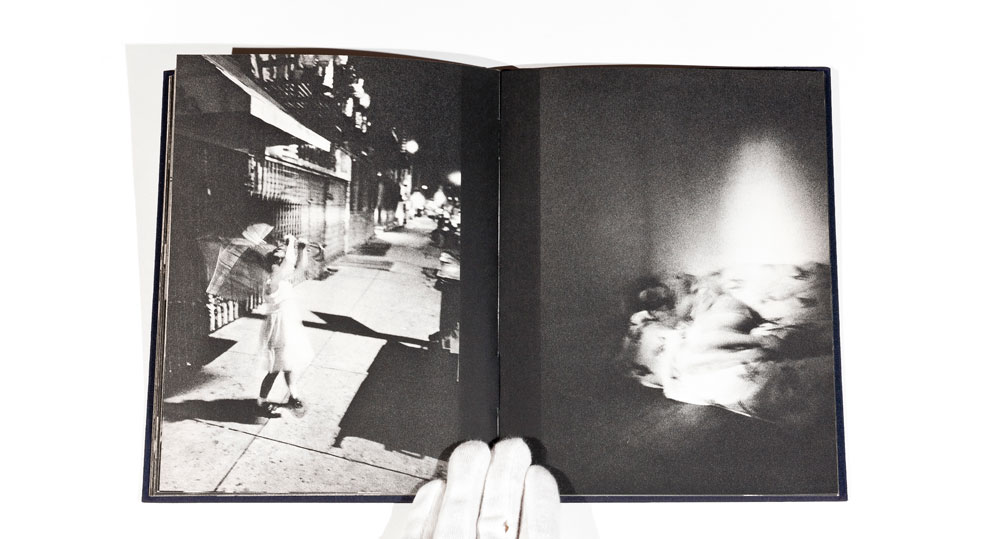Here is the fourth and final extraction from an extended piece of writing by Kurt Easterwood of Japan Exposures. Kurt produced a fantasticaly rich deconstruction and analysis of Shore’s ‘West Fifteenth St. and Vine St., Cincinnati, Ohio, May 1, 1974’ featured in ‘Uncommon Places, The Complete Works’. The image in question can be seen on the right hand side of the image below and you can find the full PDF underneath the image or right here.

PDF – Kurt Easterwood on ‘West Fifteenth’
A Conclusion
At most, Shore probably spent about 30 minutes standing at the corner of Fifteenth and Vine, framing the scene, adjusting the focus, measuring the light, preparing the film holder, and tripping the shutter. We can be fairly certain he did all these things blissfully unaware of Over-the-Rhine’s German immigrant antecedents, trends in outdoor advertising, or pawn shops as economic indicators. Nor is it likely that Shore took the inverted image he found on his camera’s ground glass and flipped it over in his mind, ruminating on what sociological discourse the graphical elements contained within his frame’s borders might conspire to conjure up for future travelers on his tour of uncommon places.
Thus there is a very real possibility that readers will bristle at my deconstruction of this photo, and the introduction of what may seem like incidental history and tangential politics in an attempt to locate the photo within a much broader context than Shore ever intended. Seeing as I’m likely guilty as charged on that count, in my defense let me stipulate that I see the tour I took of “West Fifteenth St. and Vine St., Cincinnati, Ohio, May 1, 1974” less as a deconstruction of an image and more a construction of a separate image, akin say to Mark Klett’s rephotography projects. Like the spirit in which those are undertaken, the aim has not been to bring Shore’s original photo kicking and screaming into a context imposed from outside, or to re-align it to fight some rhetorical battle, but to merely have it in hand like a trusty map as I negotiate its spaces nearly 40 years later. It’s my hope that the new topography I have constructed as a result informs the old, much as Shore’s two-dimensional photographs in Uncommon Places built upon and informed their physical counterparts. READ MORE
– Kurt Easterwood





